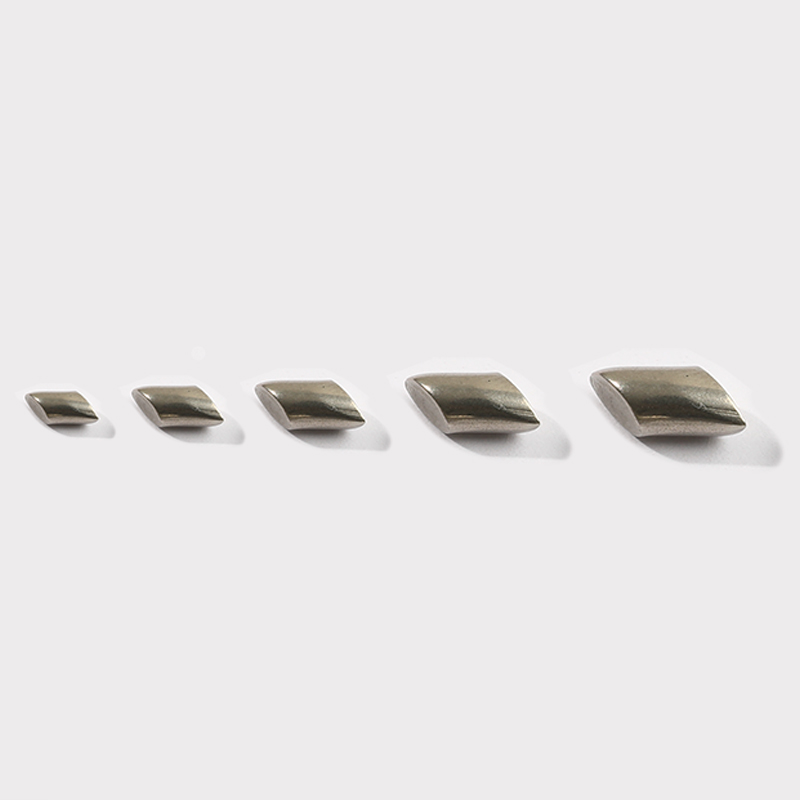Steel finishing media are commonly used in a variety of industries and applications, including:
Aerospace: Steel finishing media are used to polish and deburr components used in the aerospace industry, such as aircraft engine parts, landing gear components, and aircraft skin panels.
Automotive: Steel finishing media are used to finish a range of automotive components, including engine parts, transmissions, and suspension components.
Medical: Steel finishing media are used to finish components used in the medical industry, such as orthopedic implants and surgical instruments.
Jewelry: Steel finishing media are used to polish and finish jewelry, including gold, silver, and other precious metals.
Electronics: Steel finishing media are used to finish electronic components, such as circuit boards, connectors, and switches.
Precision Manufacturing: Steel finishing media are used in precision manufacturing processes, such as gear and bearing manufacturing, to achieve a high-quality surface finish.
Die-Casting: Steel finishing media are used to polish and deburr die-cast components, such as aluminum and zinc castings used in a variety of industries.
Military: Steel finishing media are used to finish components used in military applications, such as weapons and ammunition components.
Sports Equipment: Steel finishing media are used to finish components used in sports equipment, such as golf clubs, tennis rackets, and skis.
These are just a few examples of the many applications of steel finishing media. Due to their versatility and effectiveness, steel finishing media are widely used across many industries and applications to achieve high-quality surface finishes.






